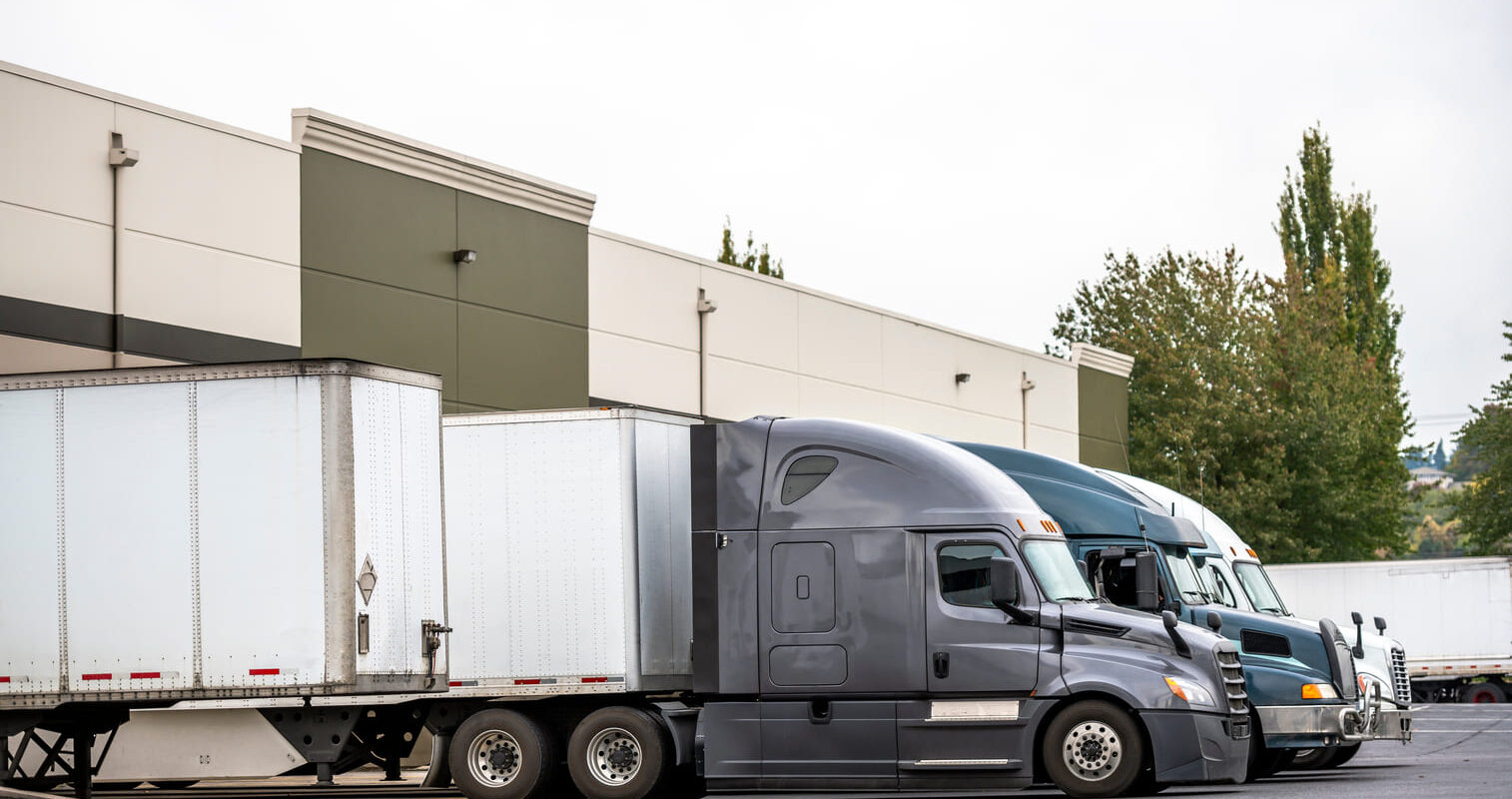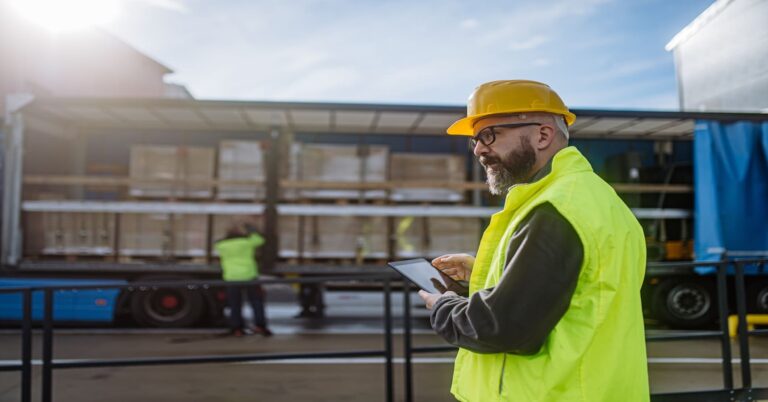Everything You Need to Know About Dock to Dock Delivery

Dock-to-dock delivery is a streamlined transportation service where goods are picked up from one loading dock and delivered directly to another, bypassing any intermediate stops or handling. This method is commonly used for expedited or time-sensitive shipments, ensuring a faster, more efficient transfer of goods. By minimizing delays and reducing the need for additional handling, dock-to-dock shipping boosts the speed and reliability of the supply chain, making it an ideal solution for businesses looking to move goods quickly and cost-effectively.
What is Dock to Dock Delivery?
Dock-to-dock delivery refers to a shipping method where goods are moved directly from one dock at the shipping warehouse to another dock at the receiving warehouse. This process is typically used for large, heavy, or bulk items that don’t require additional services like inside delivery or unloading at the delivery site. Goods are loaded onto a truck or container at the origin dock and unloaded at the destination dock without further handling. This method is highly efficient, especially for freight that only requires transport between warehouses or distribution centers.
How Does Dock-to-Dock Work?
The dock-to-dock process begins with goods being loaded onto a transport vehicle at the origin dock. These goods are then moved directly to the destination dock, where they are offloaded. Here’s how the process typically works:
- Receiving & Loading: Goods are either unloaded from an incoming vehicle or loaded directly onto a transport vehicle like a truck or forklift.
- Transportation: Goods are transported to the receiving dock, either within the same facility or between separate locations using trucks, forklifts, or other transport options.
- Unloading: Upon arrival, goods are offloaded for temporary storage or the next phase in the supply chain, like distribution.
Benefits of Dock-to-Dock Trucking
Dock-to-dock trucking offers several advantages for businesses seeking efficiency in their logistics operations:
- Reduced Handling & Labor Costs: By minimizing the number of times goods are handled, companies save on labor expenses and reduce the risk of damage or errors.
- Faster Turnaround Times: The direct transfer from dock to dock speeds up the delivery process, allowing for quicker fulfillment.
- Improved Inventory Management: Since goods spend less time in storage, businesses can maintain leaner inventories and reduce costs.
- Enhanced Coordination: With seamless transfer between locations, coordination between warehouses and distribution centers improves.
- Minimized Risk of Damage or Loss: Fewer handling stages reduce the chances of damage or misplaced items.
- Cost Efficiency: Dock-to-dock methods reduce storage and transportation costs, enhancing overall supply chain performance.
Exploring the Different Types of Dock-to-Dock Services
Dock-to-dock services are available through various transportation modes, each catering to different shipping needs. Here are some of the key options:
- Truckload Shipping: This service involves transporting large shipments directly from one loading dock to another without any intermediate stops. It’s ideal for moving high-volume goods over long distances quickly, providing efficiency for businesses that need to move significant quantities of items.
- Ocean Freight: Ocean freight provides dock-to-dock transport for international shipments between seaports. It’s an economical solution for large shipments traveling long distances overseas, commonly used for bulk cargo and global trade.
- Air Freight: For fast, time-sensitive deliveries, air freight services move goods between airports with cargo facilities. This is the go-to option for high-value items or urgent shipments, though it comes at a premium price.
- Courier & Express Services: Courier services focus on transporting smaller, time-sensitive packages between distribution centers. Perfect for quick deliveries, these services are designed to meet tight deadlines and ensure fast, reliable transportation of parcels.
- Rail Freight: Rail freight services offer dock-to-dock transportation between rail terminals. Perfect for bulk cargo and long-distance shipments, rail transport is a cost-effective and eco-friendly option that ensures steady movement of goods over vast distances.
Is Dock-to-Dock Right for Your Business?
While the dock-to-dock process offers numerous benefits, it may not always be the best solution for every type of business. Companies that deal with goods requiring extensive sorting, assembly, or packaging may find the dock-to-dock approach less suitable. Additionally, businesses needing to store large amounts of inventory for longer periods may prefer traditional warehousing methods.
However, for companies in industries like retail, e-commerce, manufacturing, and distribution, dock-to-dock is often an invaluable part of the supply chain. It can improve speed, reduce costs, and increase efficiency—making it a vital tool in the logistics toolkit.
Finding Dock-to-Dock Services with OLIMP
For businesses looking for dock-to-dock services across the USA, OLIMP Warehousing Solutions provides a platform to help connect with suitable service providers. The platform allows companies to find dock-to-dock services for various needs, such as bulk shipments, time-sensitive deliveries, or regular freight movement, by accessing a network of warehousing and logistics partners.
Conclusion
Dock-to-dock operations play a crucial role in modern logistics and warehousing, offering businesses an efficient, cost-effective way to move goods from one location to another. By reducing handling, speeding up turnaround times, and improving inventory management, this process allows companies to stay competitive and respond quickly to market demands.
Whether you are managing a warehouse, a distribution center, or a transportation fleet, incorporating dock-to-dock practices can lead to improved operations and a smoother supply chain. As businesses continue to adapt to growing customer expectations and the demand for faster delivery times, dock-to-dock solutions are becoming more important than ever.
You may be interested in

Essential Guide to Industrial Warehousing: Key Features, Technologies & Challenges
Industrial warehousing plays a pivotal role in the global supply chain, ensuring the efficient storage, management, and distribution of goods. Businesses—from manufacturers to retailers—rely on industrial warehouses to streamline logistics and maintain a steady flow of products to market. In this blog, we explore the different types of industrial warehouses, and the key factors to […]

Common Misperceptions in Warehousing
Warehouses are often perceived as simple storage facilities, but they are integral to the efficiency of modern supply chains and logistics. Beyond storing goods, they serve as hubs for inventory management, order fulfillment, and streamlined distribution. Despite their critical role in countless industries, misconceptions about their function, efficiency, and cost persist. These misunderstandings can lead […]

Best Practices for Warehouse Receiving Processes
In this article, we’ll discuss the best practices for optimizing your warehouse receiving processes. Whether you’re looking to improve accuracy, speed, or communication, these strategies will help you achieve your goals. What is the warehouse receiving? The warehouse receiving process is a critical first step in both inventory management and ecommerce fulfillment. It encompasses everything […]